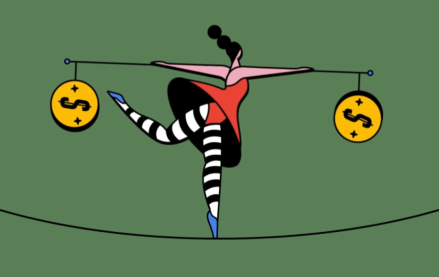Draftfcb is using Facebook likes to influence its TV creative, as well as its media buying strategy. In fact, the agency is even tweaking some clients’ creative strategies based on data from the current, five-week-old fall TV season.
Three months ago Draftfcb partnered with Likester, a popular Facebook app that compiles data on what users like on Facebook and identifies patterns. For starters Draftfcb has begun pulling data from three of the top new fall shows — the female-centric “New Girl” (Fox), “Up All Night” (NBC) and “Whitney” (NBC) — and finding nuances in these shows’ audiences that can then be used for adjusting TV creative and even media tactics.
“Right now, I can go to our creative team and say, ‘strong women are a big theme these days.’ And creatively, the kind of messaging we give out is going to be very different and the work we produce could be very different based on different shows and different brands,” said John Kenny, svp of strategic planning, Draftfcb Chicago. “We can match a brand to a show, then we know other things about those viewers that we can used in messaging.”
For example, based on data from Likester, viewers of “New Girl” (1,856 likes) are younger and are attracted to young women overcoming obstacles like the stars of Fox’s hit “Glee” and the popular young adult novel “The Hunger Games.”
Similarly, per Likester, “Up All Night” fans (1,657 likes) gravitate more to older-skewing role models Oprah and Michelle Obama and shows like “Modern Family.” Meanwhile “Whitney” fans (based on 1,235 likes) are more evenly split between men and women and gravitate towards strong, bolder/edgier fare like Chelsea Handler and “Family Guy.”
Interesting for sure, but really useful? Kenny claims that several clients are either producing or tweaking TV creative at the moment based on what they’ve learned about fall TV audiences from Likester.
Moving so fast would have been impossible even a year ago. While traditionally agencies use tools like market research and focus groups to learn about what creative resonates with users or what their TV audiences are really like. But those tools are slow.
“We’re already shifting our creative,” said Kenny. “We’re updating them on trends that are less than a month old. I wouldn’t have been able to tell you what the latest shows last fall. Traditional sources, surveys, etc., they have a huge lag, and are not very granular. [Prior to this] the tools we have for this sort of thing are same since the 1950s.”
“Our goal with this partnership is, we need to know consumers really well, and we can respond to changes really quickly,” Kenny added.
Besides changing their clients 30-second spots based on the likes and dislikes of Facebook users, Kenny said that Draftfcb’s media team is harnessing the Likester data as well. The thinking is to identify smaller, perhaps lesser-known shows that over-index for a client’s target audience, or even better an audience that shares the like-tendencies of its users, and then zero in. “We think this will give us an edge on our competition,” said Kenny. “You can buy media on a show that isn’t expensive yet. We’re giddy with excitement about this.”
More in Media

How creators are using generative AI in podcasts, videos and newsletters — and what advertisers think about it
May 9, 2025
Here’s a look at how some creators are leveraging generative AI to create video, audio and written content — and whether or not that’s a turn-off for advertisers.

Buzzfeed, News Corp and New York Times push back on tariff fears in earnings calls
May 9, 2025
Publishing execs pushed back on tariff and macroeconomic climate fears in Q1 2025 earnings calls, expressing confidence that their businesses would grow this year.

Digiday+ Research: Publishers’ subscription revenue is up this year, and they’ll focus on growing it even further
May 8, 2025
Subscriptions is one area where publishers are seeing more revenue, and, in turn, ramping up their plans to strengthen that part of their business in the coming months.




